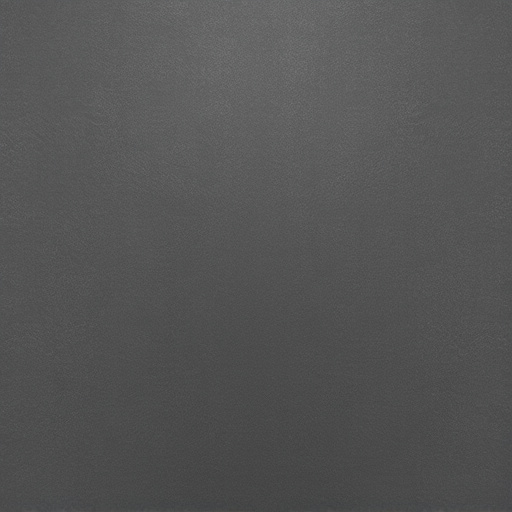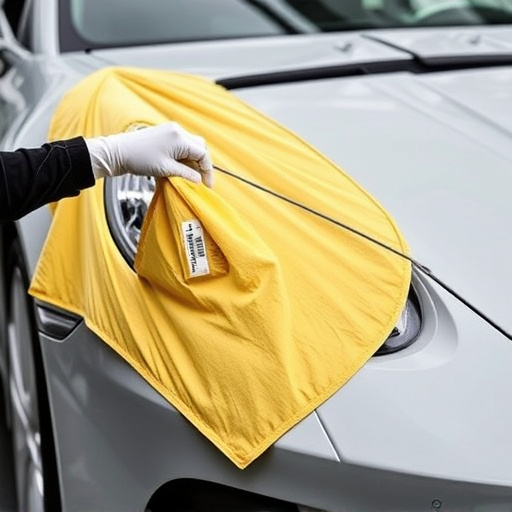Bumper protection film, made from high-quality materials, safeguards car bumpers from minor impacts, scratches, and dings, preserving finishes, enhancing aesthetics, and preventing costly repairs. It contributes to enhanced safety by absorbing collision energy. Local regulations regarding vehicle modifications must be followed; compliance is crucial to avoid legal issues. Best practices for implementation include selecting durable films with UV resistance and adhering to automotive standards, often involving cleaning, sanding, and degreasing the bumper surface. Regular cleaning and inspections are vital for continuous protection. Combined with window tinting or vehicle wraps, it offers comprehensive solutions for maintaining vehicle value.
Bumper protection film is an innovative solution for vehicle damage prevention, offering a range of benefits from scratch resistance to impact absorption. As vehicles navigate through urban environments, they face constant exposure to potential dents and dings. This article explores how bumper protection film aligns with local regulations and provides best practices for its implementation. Discover why this automotive accessory is gaining popularity as an effective, compliant way to safeguard your vehicle’s bumpers.
- Understanding Bumper Protection Film and Its Benefits
- Local Regulations and Compliance Requirements
- Best Practices for Implementing Bumper Protection Film
Understanding Bumper Protection Film and Its Benefits

Bumper protection film is a specialized automotive product designed to safeguard the vehicle’s front and rear bumpers from minor impacts, scratches, and dings. This innovative film is typically made from high-quality, durable materials that offer superior protection compared to traditional bumper covers. One of its key benefits is preventing costly repairs by preserving the original bumper finish, enhancing the overall appearance of the vehicle.
Beyond aesthetic advantages, bumper protection film contributes to enhanced safety. By absorbing and dissipating energy during collisions, it can minimize damage to other parts of the car. Moreover, in conjunction with window tinting or paint correction services, which involve applying protective layers to enhance durability, this film becomes a comprehensive solution for maintaining vehicle value. Vehicle wraps, another popular option, can also be combined with bumper protection to offer all-encompassing coverage.
Local Regulations and Compliance Requirements

Local regulations regarding vehicle modifications, including the installation of bumper protection films, vary across different regions and countries. Compliance with these rules is essential to avoid legal issues and fines. Before applying any type of protective film, such as those designed for bumpers, drivers should familiarize themselves with their area’s specific requirements.
Many local authorities have guidelines that dictate permitted modifications to ensure vehicle safety and aesthetic standards. These regulations often cover aspects like material composition, transparency, and impact resistance. For instance, some regions mandate that bumper protection films provide adequate UV protection or heat rejection to prevent fading and damage caused by environmental factors. Additionally, custom graphics on these films must adhere to local guidelines, ensuring they do not obstruct the vehicle’s lighting or reflective components, which is crucial for road safety.
Best Practices for Implementing Bumper Protection Film

Implementing bumper protection film is a smart move for any vehicle owner looking to preserve their car’s exterior and ensure compliance with local regulations. Best practices involve careful selection of the right film type, ensuring proper application, and maintaining regular upkeep. Start by researching high-quality films designed specifically for bumpers, considering factors like durability, UV resistance, and adherence to automotive standards. These films are often made from advanced materials like ceramic or carbon fiber, offering superior protection against scratches, chips, and paint damage caused by everyday driving conditions and road debris.
Before applying the bumper protection film, thoroughly clean and prepare the surface to achieve optimal adhesion. This process may involve decontaminating with a specialized cleaner, sanding for a smooth finish, and using a degreaser if necessary. For added protection, some enthusiasts opt for a ceramic coating or vehicle wraps in conjunction with the bumper film. Regular cleaning and inspections are crucial to maintaining the integrity of the film, ensuring it remains effective in safeguarding your bumper from potential damage.
When considering the implementation of bumper protection film, understanding local regulations and adhering to best practices is paramount. This innovative solution offers significant benefits in terms of vehicle aesthetics and damage prevention, making it a popular choice for businesses and individuals alike. By ensuring compliance with local rules and guidelines, you can maximize the advantages of bumper protection film while avoiding any legal repercussions. Remember, proper installation and regular maintenance are key to maintaining optimal performance and safeguarding your investment.














